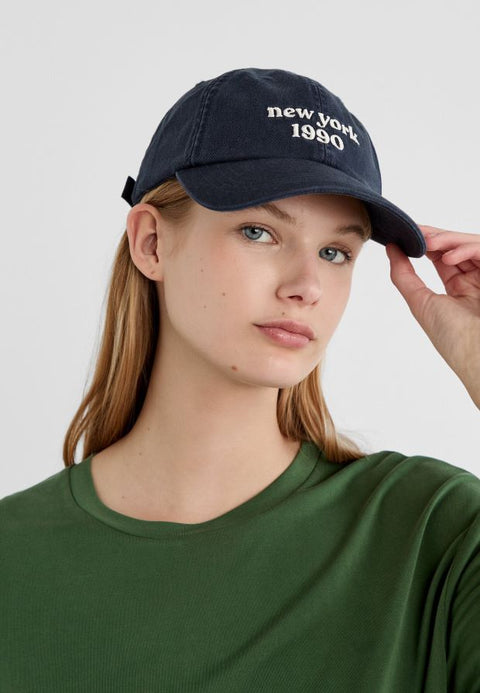Timeless Quality: How to Choose Luxury and Durable Leatherwear
When it comes to luxury fashion, leatherwear stands out as one of the most coveted and enduring investments. A well-crafted leather piece—be it a jacket, bag, or pair of shoes—not only exudes sophistication but also offers durability that can last a lifetime. However, not all leatherwear is created equal. To truly enjoy the blend of luxury and longevity, it’s essential to make informed decisions when selecting leather items. Here’s a guide to help you choose the best luxury and durable leatherwear.
1. Understand the Types of Leather
The type of leather used plays a crucial role in determining the quality, durability, and feel of a product. Here are the main types to look for:
-
Full-Grain Leather: This is the highest quality leather, made from the top layer of the hide. It retains its natural texture and imperfections, which give it character. Full-grain leather is extremely durable and develops a beautiful patina over time.
-
Top-Grain Leather: Slightly lower in quality than full-grain, this leather is sanded and treated to remove imperfections. While it’s still durable, it doesn’t develop a patina as rich as full-grain leather.
-
Genuine Leather: Despite the name, this is a lower grade of leather, often made from leftover layers of the hide. It’s less durable and doesn’t age as gracefully as higher-quality leather.
-
Bonded Leather: Made from leather scraps and fibers bonded together, this type is the least durable and is not recommended for high-end purchases.
2. Check the Craftsmanship
Luxury leatherwear is as much about craftsmanship as it is about the material. Pay attention to the following details:
-
Stitching: Look for clean, even stitching that’s consistent throughout the piece. Uneven or loose stitches are signs of poor construction.
-
Edges: High-quality leather items often have burnished or painted edges that prevent fraying and add a polished finish.
-
Lining and Hardware: Premium leather goods often feature high-quality linings (e.g., silk or cotton) and durable hardware made from brass or stainless steel. These details ensure longevity and enhance the overall aesthetic.
3. Evaluate the Tanning Process
The tanning process affects the leather’s durability, feel, and environmental impact. There are two main tanning methods:
-
Vegetable Tanning: This traditional method uses natural materials like tree bark and leaves. It produces a firm, durable leather with a rich, natural finish. Vegetable-tanned leather ages beautifully but is more expensive and takes longer to produce.
-
Chrome Tanning: This modern method uses chemicals to speed up the tanning process. It’s more affordable and produces softer leather but is less eco-friendly and may not last as long as vegetable-tanned leather.
4. Test the Quality
When shopping for leatherwear, take the time to test the quality yourself:
-
Smell: Authentic leather has a rich, earthy smell. Synthetic or low-quality leather often smells like chemicals or plastic.
-
Feel: High-quality leather should feel supple yet firm. It shouldn’t be overly stiff or overly soft.
-
Flexibility: Bend the leather gently to see how it reacts. Good leather should show natural wrinkles but return to its original shape without cracking.
5. Consider the Brand’s Reputation
Luxury leatherwear often comes from brands with a history of excellence and craftsmanship. Research the brand’s heritage, reviews, and manufacturing practices. Established brands like Hermès, Gucci, or Berluti are known for their impeccable leather goods, but there are also smaller, artisanal makers who produce equally high-quality items.
6. Prioritize Maintenance
Even the finest leatherwear requires proper care to maintain its quality over time. Before purchasing, ensure you’re prepared to invest in its upkeep:
- Use leather conditioners regularly to keep the material hydrated and prevent cracking.
- Store leather items in cool, dry places away from direct sunlight to avoid discoloration.
- Clean spills immediately with a soft, damp cloth to prevent stains.
7. Assess the Price-to-Value Ratio
Luxury leatherwear is a significant investment, so it’s important to ensure the price aligns with the quality. While premium leather goods come with a higher price tag, they often offer better durability, craftsmanship, and style. Avoid compromising on quality to save money, as low-quality leather tends to wear out quickly, leading to additional costs in the long run.
Conclusion
Choosing luxury and durable leatherwear requires attention to detail and a willingness to invest in quality. By understanding the different types of leather, evaluating craftsmanship, and considering the tanning process, you can make a purchase that combines elegance with longevity. A well-chosen leather piece is more than just an accessory; it’s a timeless statement that will serve you for years to come.




